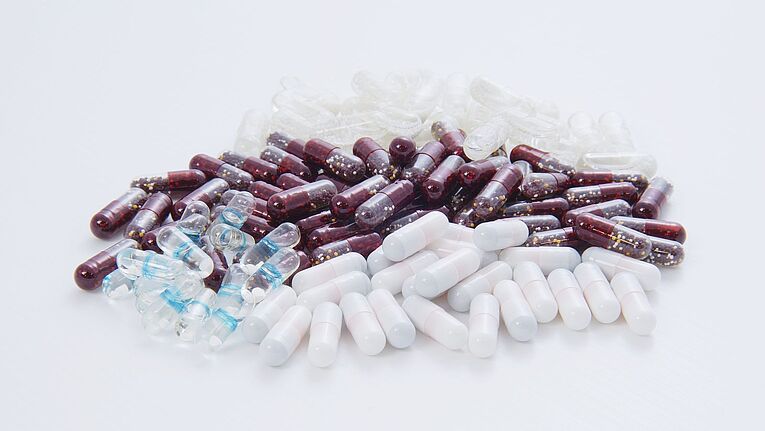
Performance encapsulated
The ADAPTA series of capsule fillers from IMA Active is known for exceptional precision and flexibility in multi-product dosing. Thanks to the compact performance of its B&R automation platform, the new ADAPTA 50 offers all the advanced functionality of its larger siblings on a one-third smaller footprint.
The ADAPTA series of capsule fillers from IMA Active is known for exceptional precision and flexibility in multi-product dosing. Thanks to the compact performance of its B&R automation platform, the new ADAPTA 50 offers all the advanced functionality…

